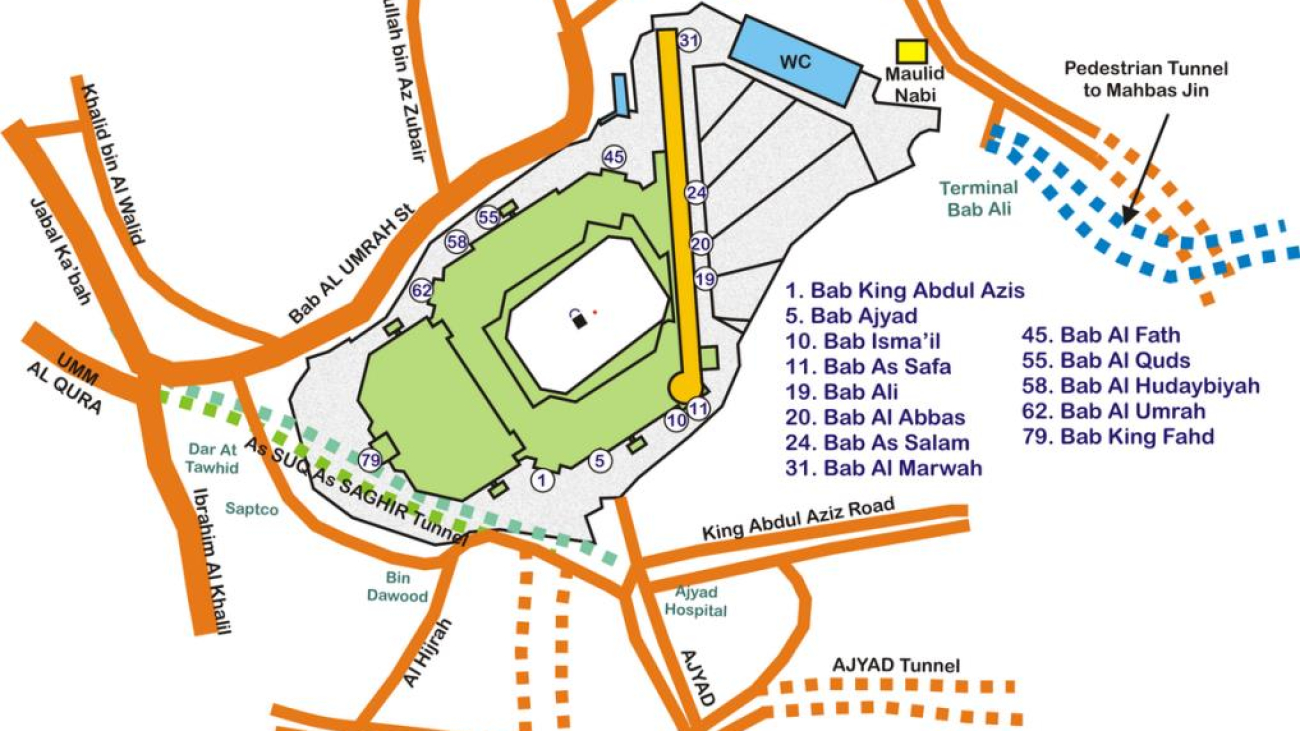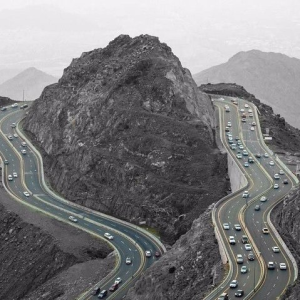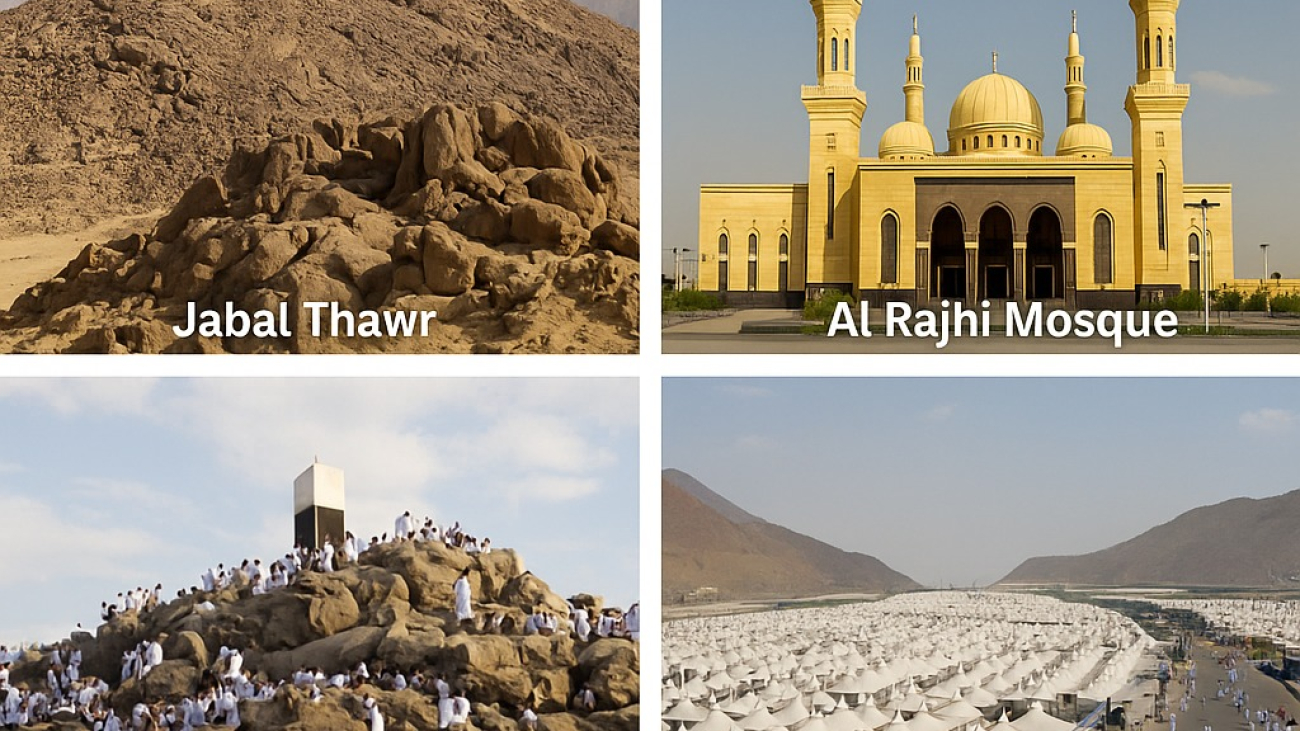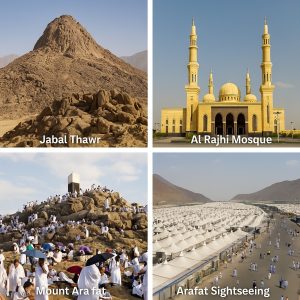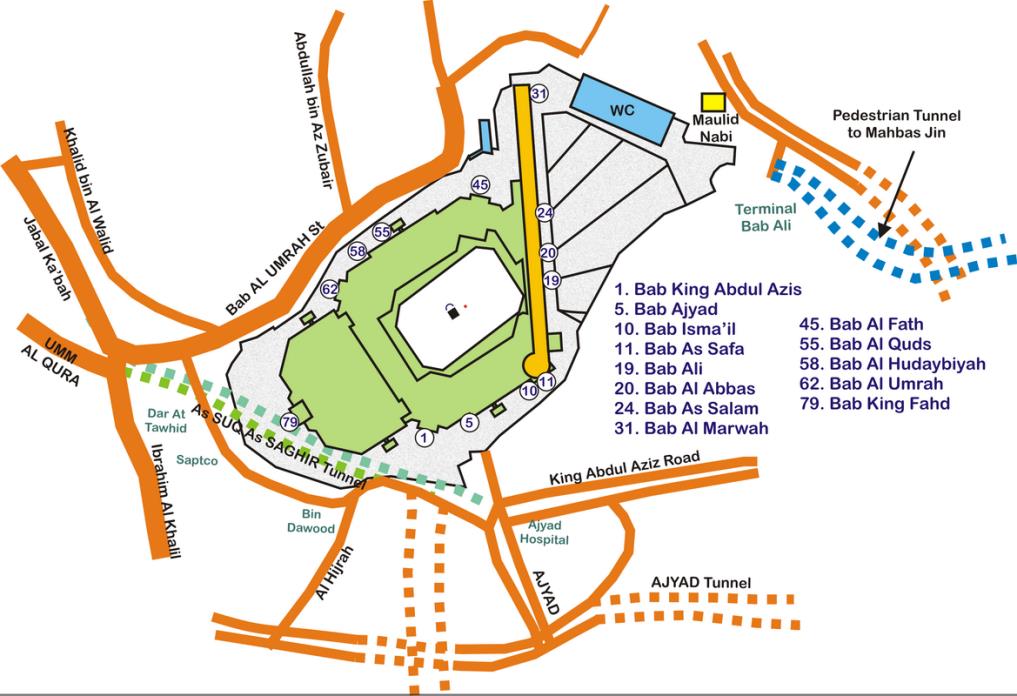
Traveling to Mecca (Makkah) and Medina (Madinah) is a lifelong dream for millions of Muslims worldwide. Whether you are coming for Hajj, Umrah, or a spiritual ziyarat trip, having a clear understanding of the two holy cities’ layouts can make your stay smoother and more fulfilling. Both cities are designed to cater to millions of visitors every year, and knowing where key landmarks are located will help you navigate with ease.
Layout of Mecca (Makkah)
1. The Grand Mosque (Masjid al-Haram)
At the heart of Mecca lies Masjid al-Haram, the largest mosque in the world, surrounding the Kaaba. The mosque is the focal point of the city, and nearly all hotels, shops, and services are oriented around it.
- Main gates: King Abdulaziz Gate, King Fahd Gate, and Ajyad Gate are among the busiest entrances.
- Tawaf & Sa’i areas: The ground floor, mataf area, and the Sa’i area between Safa and Marwah are within the mosque.
2. Hotels Around the Haram
Most hotels are clustered around the Haram in areas like Ajyad, Misfalah, Ibrahim Khalil Street, and Shubaikah. The well-known Abraj Al-Bait complex (Clock Tower) houses luxury hotels, malls, and restaurants, while budget options are a little further away.
3. Ziyarat Sites in Mecca
- Jabal al-Nour (Cave of Hira – where the first revelation occurred)
- Jabal al-Thawr (Cave of Thawr – refuge during Hijrah)
- Mina, Arafat, and Muzdalifah (Hajj sites, but also visited year-round)
- Jannat al-Mu’alla (cemetery where Khadijah (RA) and other companions are buried)
4. Shopping Areas
- Abraj Al-Bait Mall – directly next to the Haram
- Al Aziziyah district – popular for affordable shops, especially clothing
- Souqs near the Haram – traditional shops selling prayer mats, perfumes, and dates
5. Hospitals in Mecca
- King Abdullah Medical City – one of the largest hospitals in the region
- Al-Noor Specialist Hospital – close to the Haram
- Ajyad Emergency Hospital – nearest hospital to Masjid al-Haram
Many pilgrims travel between the two holy cities after completing their rituals in Makkah. Choosing a comfortable and reliable Makkah to Madina Taxi service makes the journey seamless, ensuring you arrive in Madina well-rested. Once in the city, understanding the layout of Madina helps you navigate its mosques, hotels, ziyarat sites, shopping areas, and hospitals with ease.
Layout of Medina (Madinah)
1. The Prophet’s Mosque (Al-Masjid an-Nabawi)
The centerpiece of Medina is the Prophet’s Mosque, the second holiest site in Islam. It is surrounded by wide open courtyards with shaded umbrellas, hotels, and shopping centers.
- Rawdah (Riyadh al-Jannah) – the blessed area between the Prophet’s tomb and his pulpit.
- Women’s prayer areas are located separately on the east and west sides.
2. Hotels Around the Mosque
Hotels line the area around Masjid an-Nabawi, especially on King Faisal Road, Omar Ibn Al Khattab Road, and King Fahd Road. Almost all are within walking distance, designed for pilgrims’ convenience.
3. Ziyarat Sites in Medina
- Quba Mosque – the first mosque built in Islam
- Qiblatain Mosque – where the qibla was changed from Jerusalem to Mecca
- Uhud Mountain & Cemetery – site of the Battle of Uhud, where Hamza ibn Abdul Muttalib (RA) is buried
- Jannat al-Baqi – cemetery next to the Prophet’s Mosque
4. Shopping Areas
- Souq Taiba – popular market for Islamic books, dates, and perfumes
- Al Noor Mall – modern shopping mall with international brands
- Shops around the Haram – selling prayer items, souvenirs, and clothing
5. Hospitals in Medina
- King Fahd Hospital – the main referral hospital
- Ohud Hospital – close to Uhud Mountain
- Saudi German Hospital Medina – private hospital option
Tips for Visitors
- Stay close to the Haram if elderly or traveling with family; otherwise, shuttle buses and pedestrian routes are available.
- Download navigation apps like Google Maps or Mawgif (for parking and shuttles).
- Plan ziyarat trips in groups or with guides to avoid missing key sites.
- Know hospital locations in advance in case of emergencies.

